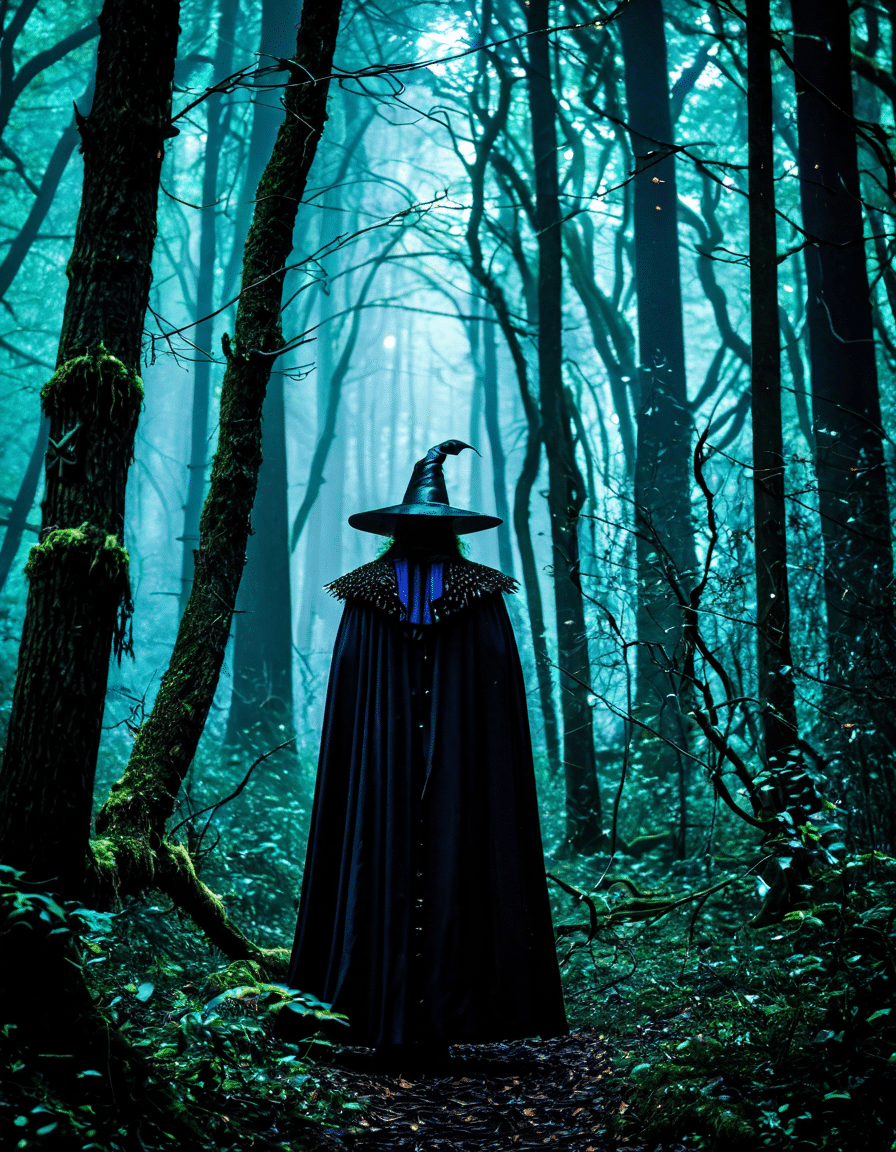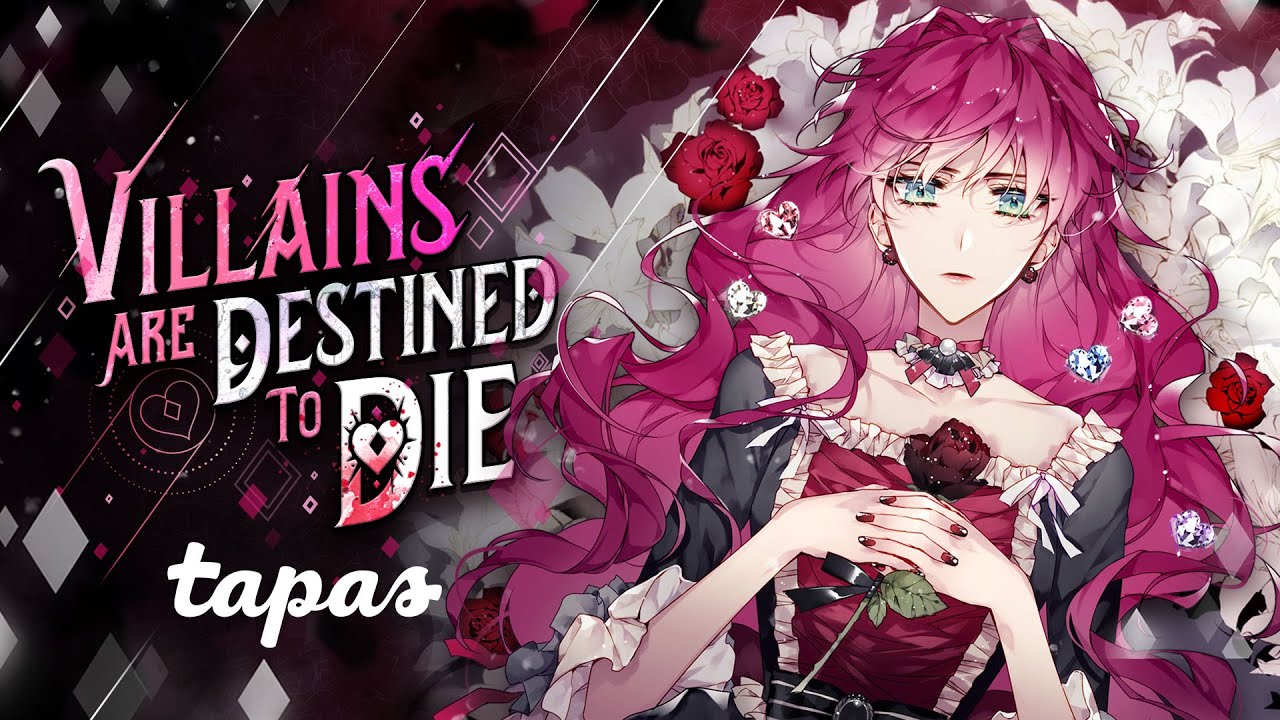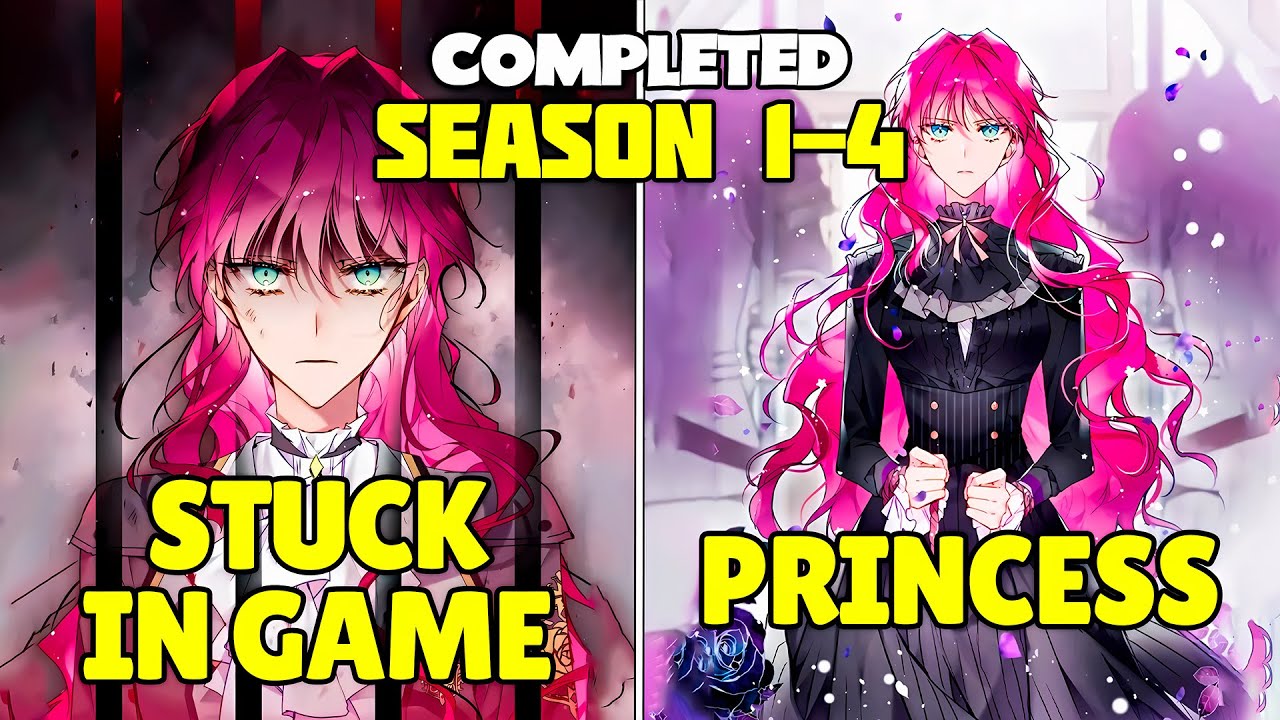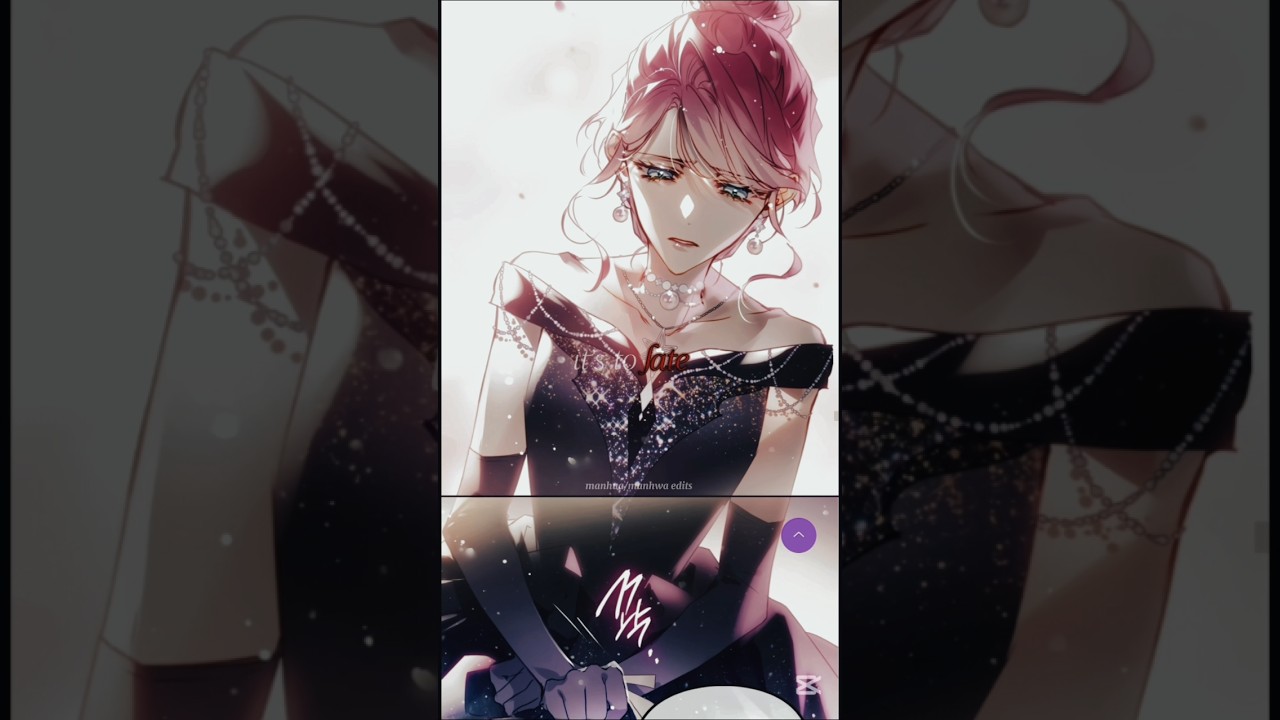Throughout literature, cinema, and folklore, a recurring theme emerges: villains are destined to die. This fate isn’t just about what makes a good story; it’s woven into our cultural fabric and speaks volumes about society. Whether you’re a die-hard movie nerd or a casual film fan, you’ve probably noticed how stories feed into the idea that justice is inevitable, particularly when it comes to the bad guys. But why do these antagonists meet their end so often? Buckle up, movie buffs! Let’s dive into some legendary flicks to explore this theme that ingrained itself deep into narrative arcs.
1. The Fall of Scar in The Lion King
In Disney’s beloved classic The Lion King, Scar, the villainous uncle, meets his end in a fierce showdown with Simba. Scar isn’t just some evil character; his death signifies the restoration of balance in the Pride Lands. The way he falls from grace underlines a timeless theme: justice prevails. In so many epic tales, villains are destined to die, reminding us of the eternal cycle of life and power.
Witnessing Scar’s defeat gives audiences a cathartic moment, emphasizing that moral clarity is often found in stories we tell. Adding that sprinkle of nostalgia, it reminds us why Disney is a titan of storytelling. It’s not just entertainment; it’s a moral compass cleverly clad in animation.
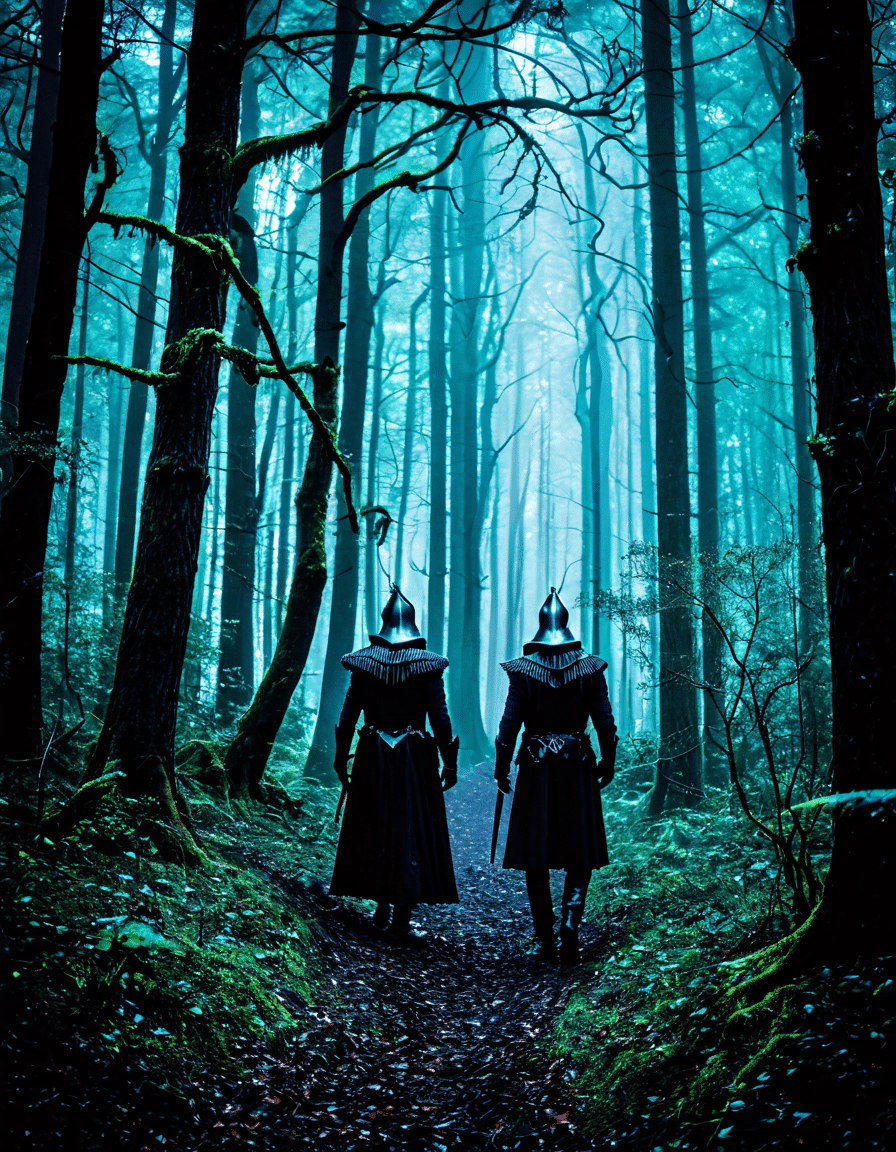
2. Joker’s Downfall in The Dark Knight
When you think of iconic villains, the Joker comes to mind—especially in Christopher Nolan’s masterpiece The Dark Knight. This chaotic character, brilliantly played by Heath Ledger, holds a mirror to Gotham’s soul, challenging order with his twisted philosophy. Yet, though he seems unbeatable, the story arcs towards his inevitable downfall. The Joker reflects the idea that villains are destined to die to curb their chaos and restore order, which resonates deeply with audiences.
Not only does his fate serve as a narrative device, but it also amplifies the film’s core message: justice must prevail, no matter the personal cost. The Joker’s unforgettable antics remind us why he’s considered one of cinema’s greatest villains—a wild ride of charisma that’s hard to forget.
3. The Tragic End of Voldemort in Harry Potter and the Deathly Hallows
Turning to literature, we can’t ignore Voldemort in J.K. Rowling’s Harry Potter and the Deathly Hallows. This dark wizard, whose thirst for immortality drives him to grotesque lengths, ultimately meets a fatal end—not by Harry’s hand, but through the very tools he created to gain power. The Horcruxes, meant to keep him immortal, ironically become his greatest weakness.
His death emphasizes an essential truth: that greed often leads to self-destruction. In this case, villains are destined to die, illustrating not just the importance of friendship and bravery, but also offering a critical lens on the dangers of unchecked ambition—a thematic echo that still resonates with fans today.

4. The Demise of Walter White in Breaking Bad
In the world of television, Walter White from Breaking Bad showcases a gripping transformation from a humble chemistry teacher to a ruthless kingpin. The series captures his riveting descent, and his end is as tragic as it is necessary. Walter’s ambition blinds him, leading him to a self-inflicted downfall that’s as much about personal consequences as it is about the overarching theme of justice.
His final moments serve as a broader narrative arc, illustrating that all characters, even anti-heroes, must pay the price for their choices. This notion that villains are destined to die brings a sense of closure and catharsis to viewers, making his story an unforgettable saga of ambition gone awry.
5. Sauron’s Defeat in The Lord of the Rings
In epic tales, few villains match the dark grandeur of Sauron in J.R.R. Tolkien’s The Lord of the Rings. The One Ring represents his malevolent grip on Middle-earth. Ultimately, it’s the destruction of that ring that leads to Sauron’s end. This climactic moment isn’t merely a plot twist; it symbolizes hope prevailing over despair.
His demise reinforces the age-old battle between good and evil, reflecting how villains are destined to die to teach lessons of unity and courage. Sauron’s defeat doesn’t just signify the end of his darkness; it evokes a universal longing for triumph, inspiring countless tales across genres, not just high-fantasy landscapes but also beyond.
6. The Reckoning of Thanos in Avengers: Endgame
When it comes to the Marvel Cinematic Universe, Thanos stands out as an incredibly complex villain. In Avengers: Endgame, his grand vision of balance through chaos leads to catastrophic consequences. Thanos’s downfall isn’t just a superhero win; it delivers a vital lesson on hubris—showing that even those with the grandest plans will face justice.
This narrative arc makes it clear that villains are destined to die, bringing audiences on an emotional journey along the way. The climactic battle emphasizes heroism and sacrifice, leaving an impact that extends beyond the screen—this narrative echoes into real-life struggles between good and evil, making us think deeply about our choices.
7. The Untimely End of Captain Hook in Peter Pan
J.M. Barrie’s Peter Pan also offers a compelling villain in Captain Hook, who symbolizes the trials of adulthood and lost innocence. Peter’s youth clashes with Hook’s dark adult world. In their dramatic encounters, Hook’s fate spins off the pages, emphasizing the importance of protecting childhood innocence.
His defeat underscores the message that villains are destined to die when innocence is at stake. This conflict highlights the need to protect creativity and whimsy, themes that resonate even in today’s fast-paced world. It’s a departure point for discussions on how narratives can shape perceptions on morality and the human experience.
The Inevitability of Fate in Storytelling
The haunting motif that villains are destined to die isn’t just a trope; it’s a lens through which we examine morality, justice, and human behavior. Each character arc, from Scar to Thanos, serves a larger narrative purpose, echoing the values we hold dear as a society. These tales shape our emotional responses and influence our understanding of right and wrong.
As audiences continue to flock to cinemas and streaming platforms, creators will always return to this thematic element, ensuring that heroes rise when foes fall. It’s not merely about entertainment; it’s about reflecting life’s most profound truths on how good ultimately prevails over evil. We crave these stories to remind us of the heroic spirit within us all.
So whether it’s hitting the multiplex for the next blockbuster or binge-watching a cult classic series, let’s celebrate the journey where villains are destined to die—proving once and for all that every great story aims for the triumph of good.
Villains Are Destined to Die: The Inevitable Fate of the Unredeemable
It’s a common thread in storytelling: villains are destined to die. This trope resonates through countless narratives, signaling the triumph of good over evil. Ever wondered why audiences cheer when the antagonist meets their tragic end? Perhaps it’s because we’ve been conditioned by stories from ancient myths to modern blockbusters that suggest villains can never truly win. Think about it: in classics like Hamlet, or even modern tales like The Dark Knight, the arch-enemy falls, restoring a sense of justice. As they face their fates, we’re reminded that darkness can only linger for so long.
But here’s a fun tidbit: did you know that even in sitcoms, like the cast of My Three Sons, there’s often a comical antagonist that serves as a narrative foil? The villain’s ultimate demise or downfall often creates closure, wrapping up character arcs in a neat bow. This is a powerful reminder that plots aren’t just about good guys winning, but about how the wrongful meet their end, bearing the consequences of their actions. Similarly, villains are destined to die in many stories as a way to reflect the moral lessons within the tale, reinforcing the importance of virtue over vice.
Even in the flashy world of fashion, like the inspiration behind Ocean Nails, characters sport looks that could easily belong to a villain, yet they face the same fate in shows and films, highlighting the glamorous yet dangerous charm that often leads to their downfall. And how about the realm of sports? The hype around the Black Cat Jordan 4 kicks often channels the energy of traditional heroic stories, contrasting the triumph of light with the darkness of villainy. In a sense, the villains are just as iconic, but they still meet their end, illustrating that no matter the spotlight, their time must come to close!
In popular culture, take actors like Shanna Moakler—a reminder that stardom doesn’t shield one from narrative demise. Every role she’s taken taught us that even stars shine briefly in villainous roles before they flicker out. Meanwhile, Samuel L. Jackson’s legacy could serve as a thrilling case study of how heroes often outshine villains, no matter their charisma or wit. In fact, he’s amassed quite the fortune, as detailed in his extensive filmography, but each character must arc towards either redemption or a inevitable fall. Villains are destined to die, and that’s the story we love to tell over and over, echoing through time like an age-old bedtime story, where good—and morals—always win the day.
